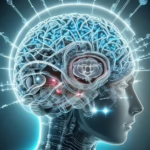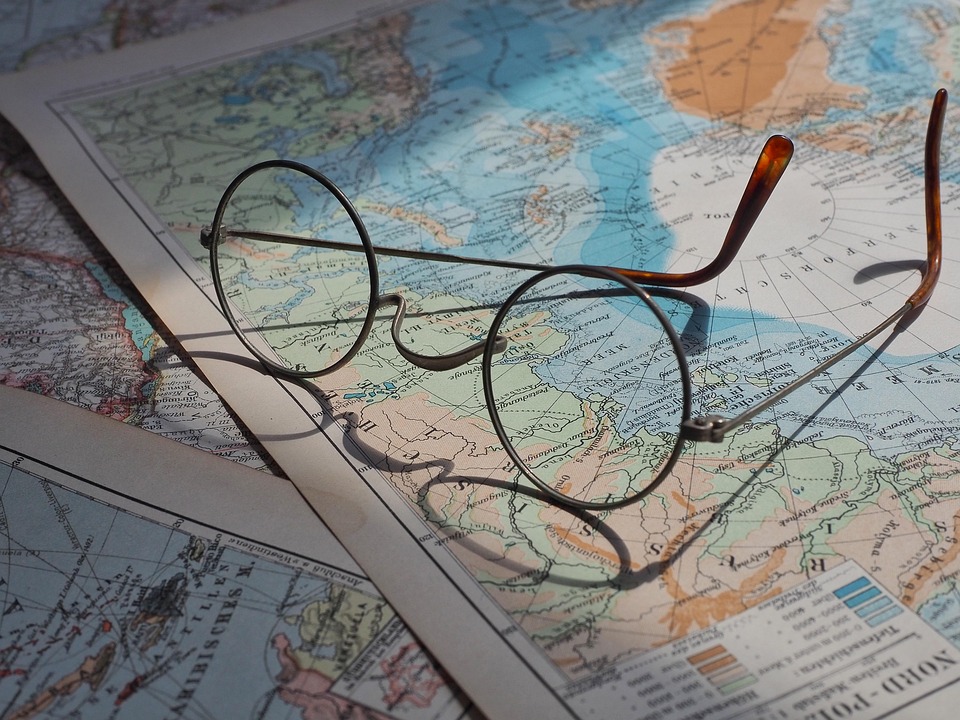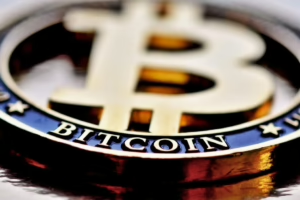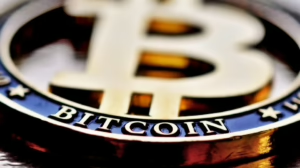Empires Rise and Fall: A Timeline of World Power Dynamics
The history of humankind is marked by the rise and fall of empires, each leaving an indelible mark on the geopolitical landscape. The shifting sands of power dynamics have shaped cultures, economies, and international relations over millennia. This article highlights key moments in history that illustrate the ebb and flow of empires, exploring the causes behind their ascent and collapse.
Ancient Civilizations (Circa 3000 BCE – 500 CE)
The Sumerians and Egyptians (Circa 3000 BCE – 30 BCE)
The first known empire, established by the Sumerians in Mesopotamia, flourished around 3000 BCE with advancements in writing, governance, and trade. Shortly thereafter, the Egyptian Empire rose, renowned for its monumental architecture and complex religious beliefs. The fall of Egypt began around 30 BCE, when Cleopatra VII was defeated by Rome, marking the transition of power.
The Persian Empire (558 BCE – 330 BCE)
Emerging from the Iranian plateau, the Persian Empire, founded by Cyrus the Great, became one of the largest empires in history, stretching from the Indus Valley to the Aegean Sea. This empire fell to Alexander the Great in 330 BCE, ushering in the Hellenistic period.
The Roman Empire (27 BCE – 476 CE)
The Roman Empire epitomized power for nearly five centuries, enforcing a network of roads and trade that unified vast territories. Declining due to internal strife, economic troubles, and invasions by barbarian tribes, the Western Roman Empire fell in 476 CE, while the Eastern Roman Empire, or Byzantine Empire, persisted for another thousand years.
The Middle Ages (500 CE – 1500 CE)
The Byzantine Empire (330 CE – 1453 CE)
As the successor to the Roman Empire, the Byzantine Empire was known for its preservation of Roman law and Orthodox Christianity. The rise of Islam in the 7th century began to erode Byzantine power, culminating in the fall of Constantinople in 1453 to the Ottoman Turks.
The Islamic Caliphates (632 CE – 1258 CE)
Following the death of Prophet Muhammad, a series of caliphates expanded rapidly across the Middle East, North Africa, and into Europe. The Umayyad and Abbasid caliphates played pivotal roles in science, culture, and trade. The decline was marked by political fragmentation and the Mongol invasions of the 13th century.
The Age of Exploration (1500 CE – 1800 CE)
The Spanish and Portuguese Empires (15th – 17th Century)
The Age of Exploration saw the rise of maritime empires, with Spain and Portugal establishing vast colonies across the Americas, Africa, and Asia. The influx of wealth from gold and silver prompted dramatic cultural exchanges but also exploitation and decline as their resources waned and they faced competition.
The Ottoman Empire (1299 CE – 1922 CE)
During this period, the Ottoman Empire reached its zenith under Suleiman the Magnificent. However, its expansive territorial ambitions eventually strained resources, and by the 19th century, it struggled to maintain control, leading to its eventual dissolution after World War I.
The Rise of European Powers (18th Century – 20th Century)
The British Empire (18th – 20th Century)
The Industrial Revolution propelled Britain to global supremacy, establishing an empire on which "the sun never set." However, nationalist movements and two World Wars diminished its hold on territories, culminating in widespread decolonization in the mid-20th century.
The Rise of Germany and the Fall of Empires (1914 – 1945)
World War I catalyzed the demise of powerful empires, notably the Austro-Hungarian and Ottoman Empires. The Treaty of Versailles set the stage for economic and political turmoil, contributing to the rise of Nazi Germany. World War II marked a dramatic shift in the global balance of power, resulting in the fall of imperial powers and the emergence of the United States and the Soviet Union as superpowers.
The Cold War Era (1945 – 1991)
The Soviet Union (1922 – 1991)
Emerging from the aftermath of World War I, the Soviet Union became an ideological rival to the Western bloc during the Cold War. The empire spanned much of Eastern Europe and Asia; however, by the late 1980s, economic malaise and demands for reform led to its dissolution in 1991.
The Rise of the United States
In the wake of World War II, the United States emerged as a dominant global power, promoting democracy and capitalism while engaging in ideological conflicts, particularly with the Soviet Union. The post-war era was marked by significant economic growth and military superiority.
The Modern Era (1991 – Present)
The Rise of China and Multipolarity
Since the late 20th century, China’s transformation into a global economic powerhouse has reshaped global dynamics. Alongside emerging powers like India and Brazil, a multipolar world is becoming a reality, challenging the longstanding dominance of the United States.
Regional Conflicts and Global Challenges
The 21st century has seen a rise in regional powers, a resurgence of nationalism, and conflicts driven by sectarianism and ideological division. Issues such as climate change, cyber warfare, and global economic inequality are testing the stability of contemporary power structures.
Conclusion
The historical timeline of empires reveals a cyclical pattern of rise and fall, influenced by numerous factors including economic conditions, military conquests, cultural exchanges, and social movements. Understanding the dynamics of these past empires provides invaluable lessons for contemporary geopolitics, as the world navigates an increasingly interconnected yet complex global landscape. The future will undoubtedly hold new shifts in power, requiring vigilance and adaptability from nations seeking to understand and respond to an ever-changing world order.
[Source available at modern_footnote_source_link]


























Add Comment